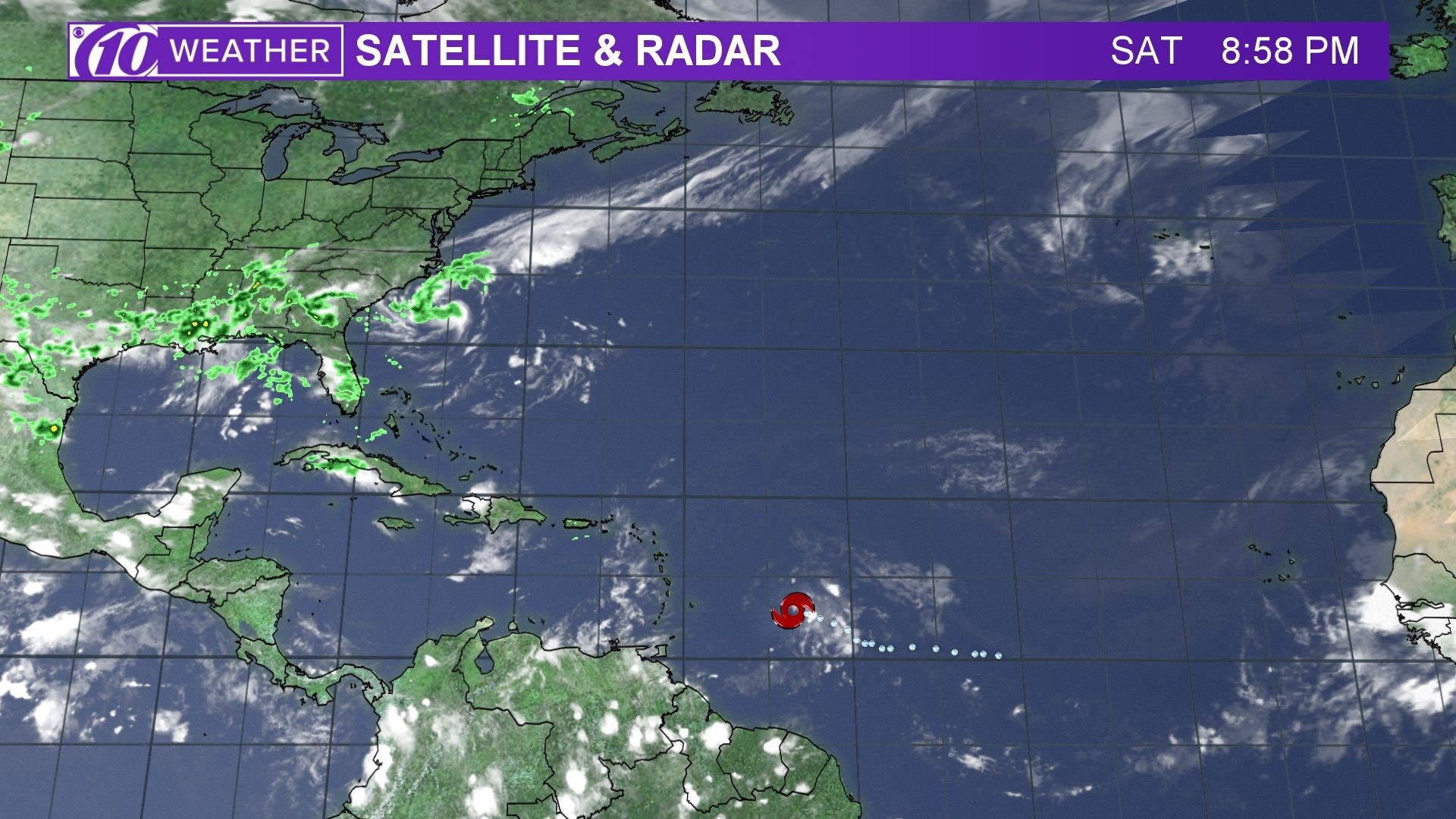Historical Patterns of Hurricane Beryl
Hurricane beryl spaghetti models – Hurricane Beryl has a well-documented history, with records dating back several decades. Over the years, Beryl has exhibited distinct patterns in its tracks, intensities, and landfall frequency.
Keep up with the latest developments on Hurricane Beryl by checking out the spaghetti models. These models provide valuable insights into the potential path of the storm, helping you stay informed and prepared. For more detailed information on the spaghetti models, including specific forecasts for tropical storm Beryl, click here.
Remember, staying informed is crucial during hurricane season, so make sure to monitor Hurricane Beryl spaghetti models closely.
Beryl’s tracks have primarily occurred in the Atlantic Ocean, particularly in the Caribbean Sea and the Gulf of Mexico. The hurricane has a tendency to form in the eastern tropical Atlantic and then move westward, often making landfall in Central America, the Caribbean islands, or the southeastern United States.
Frequency and Variability of Landfalls
Beryl’s landfall frequency has varied over time, with some periods experiencing more frequent landfalls than others. However, on average, Beryl has made landfall approximately once every three to four years.
The variability in landfall frequency can be attributed to several factors, including changes in atmospheric circulation patterns and ocean temperatures. Warmer ocean temperatures, for example, can provide more energy for hurricane formation and intensification, potentially leading to an increase in landfall frequency.
Hurricane Beryl spaghetti models show a range of possible paths, but it’s too early to say for sure where it will go. For the latest updates on Hurricane Beryl and its potential impact on Barbados, visit barbados hurricane beryl.
The spaghetti models will continue to be updated as more data becomes available, so it’s important to stay informed and follow the advice of local officials.
Typical Characteristics and Behaviors, Hurricane beryl spaghetti models
Hurricane Beryl is typically characterized by its relatively small size and intense winds. The hurricane’s average diameter is around 100 to 150 miles, with maximum sustained winds often reaching Category 3 or 4 strength on the Saffir-Simpson Hurricane Wind Scale.
Beryl is also known for its rapid intensification, often undergoing significant strengthening within a short period. This rapid intensification can make it difficult to predict the hurricane’s path and intensity, posing a challenge for coastal communities and emergency responders.
Forecast Techniques for Hurricane Beryl: Hurricane Beryl Spaghetti Models

Hurricane Beryl’s path and intensity are predicted using various forecast models. These models incorporate data from weather stations, satellites, and other sources to simulate the storm’s behavior.
One type of model is the deterministic model, which produces a single forecast track. These models are often used for short-term predictions, as they can quickly provide a detailed forecast of the storm’s path.
Spaghetti Models
Another type of model is the ensemble model, which produces a range of possible forecast tracks. These models are often used for long-term predictions, as they can provide a better estimate of the storm’s uncertainty.
Strengths and Limitations
Each type of model has its own strengths and limitations. Deterministic models are generally more accurate for short-term predictions, but they can be less accurate for long-term predictions. Ensemble models are generally more accurate for long-term predictions, but they can be less accurate for short-term predictions.
Ensemble Forecasting
Ensemble forecasting is a technique that combines the output of multiple forecast models to produce a more accurate forecast. This technique can help to reduce the uncertainty in the forecast and provide a more reliable prediction of the storm’s path and intensity.
Impact and Preparedness for Hurricane Beryl

Hurricane Beryl is expected to bring a range of potential impacts, including:
- Storm surge: The combination of strong winds and low atmospheric pressure can cause a rise in sea level, leading to flooding in coastal areas.
- Flooding: Heavy rainfall associated with the storm can cause rivers and streams to overflow, leading to widespread flooding.
- Wind damage: Strong winds can cause significant damage to buildings, infrastructure, and trees.
Preparations for Hurricane Beryl
To prepare for and mitigate the effects of Hurricane Beryl, several measures have been taken:
- Evacuations: Residents in areas expected to be impacted by the storm have been advised to evacuate to higher ground.
- Coastal protection: Seawalls, sandbags, and other coastal protection measures have been put in place to reduce the risk of storm surge flooding.
- Infrastructure reinforcement: Power lines and other infrastructure have been reinforced to minimize the risk of damage from strong winds.
- Emergency response teams: Emergency response teams have been mobilized and are ready to respond to the storm and its aftermath.
Staying Safe During and After Hurricane Beryl
Individuals and communities can take steps to stay safe during and after Hurricane Beryl:
- Follow evacuation orders: If you are asked to evacuate, do so immediately.
- Secure your property: Secure loose objects around your home and bring in outdoor furniture.
- Stock up on supplies: Gather essential supplies such as food, water, first aid kits, and medications.
- Stay informed: Monitor weather updates and follow instructions from local authorities.
- Be prepared for power outages: Have a battery-powered radio and flashlights on hand.
- After the storm: Be cautious of downed power lines and debris. Avoid driving through flooded areas.
By following these measures, individuals and communities can help to minimize the impact of Hurricane Beryl and ensure their safety during and after the storm.